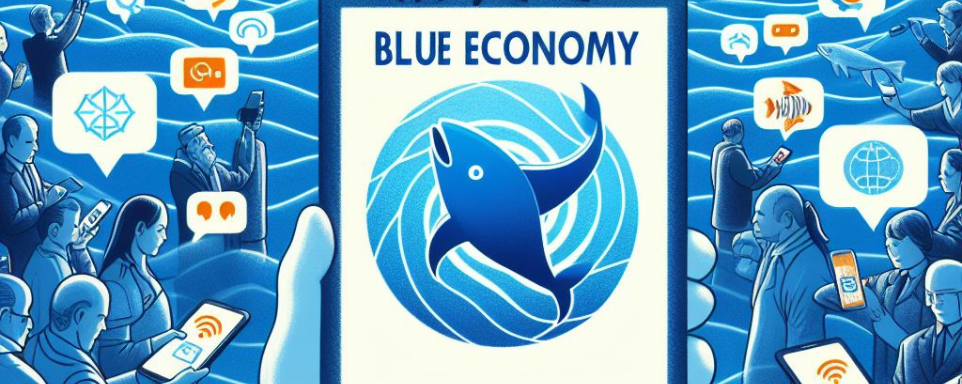Environmental and Social Management Framework (ESMF)

What is an Environmental and Social Management Plan (ESMP) and Why do we need it?
The Environmental and Social Management Framework (ESMF) establishes a process and defines the roles and responsibilities for screening and addressing Environmental and Social (E&S) issues for sub-projects from selection through review and approval, to implementation and monitoring across the three sectors covered by the Project.
- It is an implementation guiding tool for the sustainable control of environmental, health, safety and social impacts during the project.
- All risks, sources of risks, risk responses, impact levels, and responsibilities are outlined to provide context on how to operate in a sustainable and environmentally and socially responsible manner while implementing sub-projects.
- It contains general recommendations for mitigation, avoidance or risk transfer.
How does it work and Who can it help?
- Monitoring and auditing will keep a record of conditions that are posing and may pose future risks to the grantee, the community, and natural environment directly and indirectly.
- According to the progress observed, recommendations will be made to the grantees for improved monitoring and risk response measures.
- It will advise the Project Implementation Unit (PIU) on the need for corrective action including further planning and development of subsidiary plans and procedures. It is a real-time summary of the Environmental, Social, Health and Safety (ESHS) situation at project locations.
What is the Grievance Redress Mechanism (GRM)?
- It is a system by which all stakeholders of a project can seek information and clarifications about project activities that affect them. These are called complaints or grievances.
How does it work?
- If problems arise out of project implementation, they are communicated, tracked, and are resolved in the most efficient manner.

Why do we need it?
If project-related issues are not communicated through the right channels, or redressed early, they may escalate into disputes, or conflicts that would reflect negatively on all stakeholders.
It establishes relationships of trust between the project implementers or PIU and stakeholders.
Who can log a grievance?
Any stakeholder who feels that they have been affected by project related activities.
Other persons can log grievances on behalf of affected stakeholders.
Resources
Downloads: 41 | Size: 76 KB
Downloads: 146 | Size: 2.26 MB
Downloads: 127 | Size: 1.11 MB
Downloads: 127 | Size: 1.76 MB
Downloads: 138 | Size: 2.07 MB


